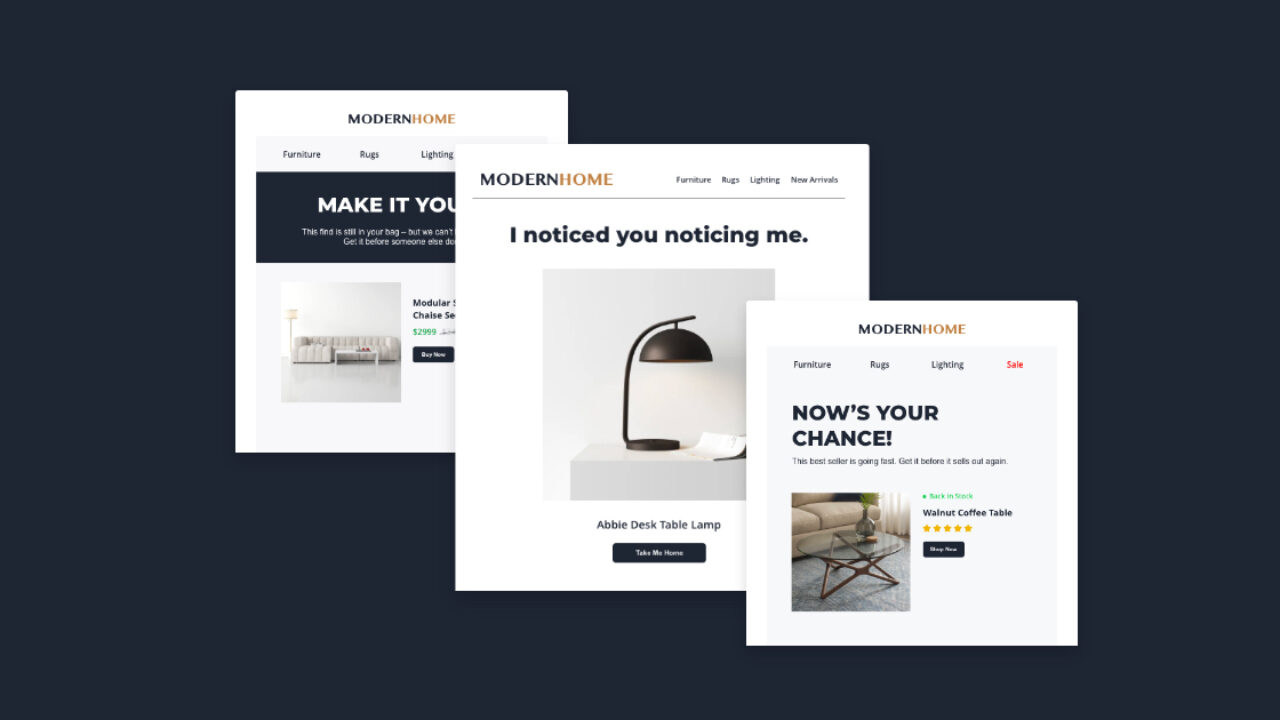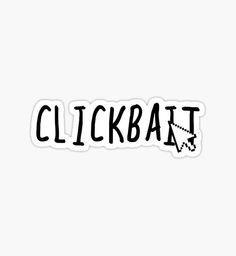Email is your direct line of communication with customers. It drives immediate results and is a must for any eCommerce brand.
Email marketing geared towards cart abandonment swoops into rescue shoppers who got distracted or had a change of heart, channeling those near-missed sales right back into your coffers. These are the most essential, and arguably the most important, emails you’ll send your audience.
Marketing Campaigns
Email marketing lets e-commerce businesses communicate with their audiences directly without third-party platforms like Facebook, Twitter, or Instagram. This gives brands a lot more control over how their messages are perceived and helps create a consistent brand identity across all touchpoints.
Welcome emails are a first impression that shows subscribers your business is interested in connecting with them. This is your chance to set the tone for the virtual relationship, so make sure to keep it personal and fun.
Promotional emails are a major component of any e-commerce business. Whether they’re seasonal sales emails, flash sale offers, or product launch campaigns, these promotional campaigns can drive traffic and sales for your website.
Upselling and cross-selling emails are a great way to increase customer lifetime value. For example, if a customer buys your best-selling moisturizer, you can send them an upsell offer suggesting that your face wash or eye cream is the perfect complement.
Win-back campaigns are designed to bring back customers who have lapsed. By sending a personalized discount ladder that increases with the number of times they don’t purchase, you can help convince them to come back and give your brand another shot.
Transactional Emails
Transactional emails are those sent to confirm or update a customer’s account information. They can include order confirmations, shipping updates, password reset requests, and more. These email communications help to maintain a strong connection with your customers. Promptly delivering them in real-time is vital. This can ensure that your customers receive the information they need in the most efficient manner possible and will also give them a reason to come back and make another purchase.
These types of emails are often triggered in real-time, such as when a user abandons their cart or an item is added to their shipment. They can even be triggered by specific events, such as birthdays or anniversaries. This means you can provide personalized content that will encourage them to visit again and boost engagement.
For example, an Etsy transactional email includes a clear Call-To-Action, directing the email recipient to contact the seller. The email is also brief and doesn’t waste space on irrelevant promotional content.
Some jurisdictions have different rules on whether or not to include promotional content in a transactional email. Be sure to follow all applicable regulations and make your decisions based on the legal requirements of your target market. For instance, if you are sending to EU residents, you may need to comply with GDPR, CCPA, and EDPB laws.
Promotional Emails
Unlike general marketing emails, which focus on brand storytelling or educational content, eCommerce email marketing is sales-oriented and highly customized. These emails are direct and action-oriented and drive swift customer responses. They are also known as broadcast emails because they are sent to your entire list of subscribers or a specific segment of them, like a new product launch or a holiday sale.
E-commerce email marketing also includes purchase follow-ups that are a great way to reignite a conversation with your customers. These emails can include a thank you, post-purchase survey, coupon code, or referral link, which is a great way to build advocacy and turn your customers into ambassadors for your brand.
Another type of transactional email is the win-back email, which uses scarcity and FOMO to try and bring lapsed customers back into the fold. These emails can help mitigate cart abandonment rates and help your brand make up for lost revenue.
Lastly, birthday and anniversary emails are a fun way to keep the spark alive with your customers and show them that you care about them. You can also use these emails to remind your customers of their loyalty and reward them for their repeat purchases with a special offer. Incorporate product imagery and a strong call to action in these emails, and you can increase engagement and conversions.
Cart Abandonment Emails
Cart abandonment emails are triggered when a shopper adds items to their cart but does not complete the checkout process. These emails remind the customer of the product they were considering purchasing and can inspire a sense of urgency by including low inventory or time-limited offers. They can also be used to provide a discount to encourage a conversion.
E-commerce website builders or point-of-sale systems often come bundled with email marketing tools that allow you to set up automated cart recovery campaigns. However, a single email can also be effective, provided that you carefully craft the message and send it to the right people.
For example, apparel brand Alex Mill’s cart recovery email includes high-quality images of the products that were left behind and uses creative copy to encourage conversion. The email reminds the shopper of what they left behind, prompts them to return to the store, and provides a coupon to drive conversions. Razor brand Wilkinson Swords’ cart recovery email is similar, with a clear call to action, product photos and details, and the message “Our popular items sell out fast!” that is both informative and persuasive.
Other cart abandonment email strategies include adding user-generated content to the body of your email. Reviews, testimonials, or quotes from influencers can add authenticity and build trust, as well as address any hesitations that might have caused a customer to abandon their cart in the first place. You can use tools like TINT or Social Native to collect and curate UGC, and then incorporate it into your cart abandonment emails.



